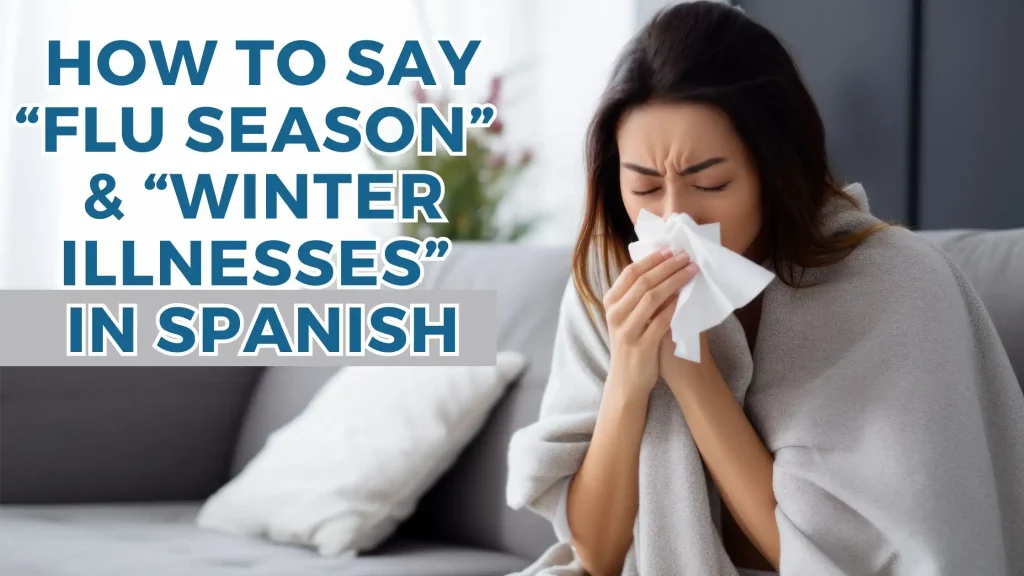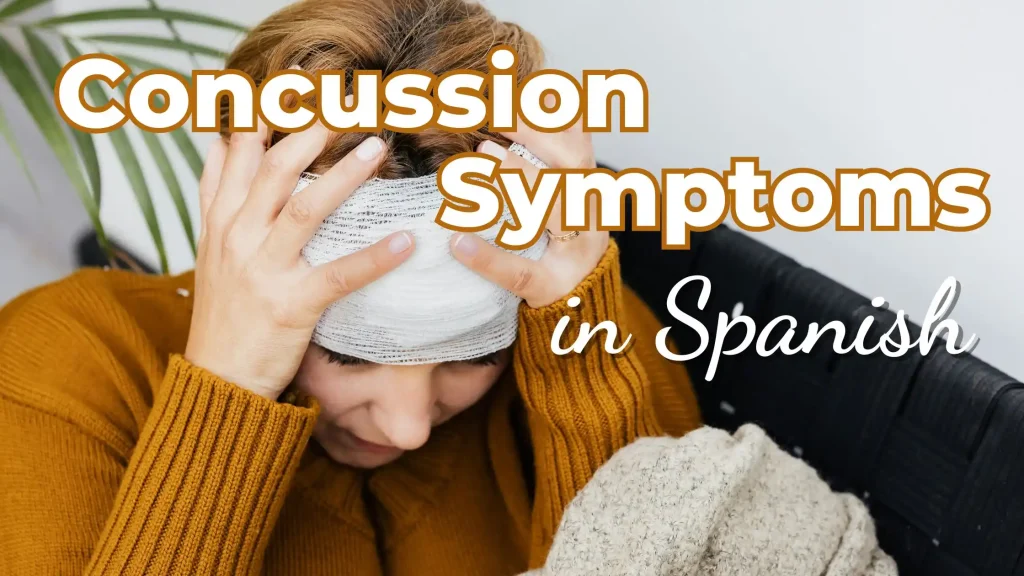The phrase “hacer daño” in Spanish is one you’ll hear often—especially in medical conversations and everyday situations. Whether you’re talking about something causing pain, harm, or discomfort, this is the go-to expression.
In this blog post, you’ll learn what “hacer daño” means, how to use it with and without pronouns like “le”, and see examples of when to use it in healthcare settings and casual conversations.
What Does “Hacer Daño” Mean?
The verb “hacer” means to do or to make, and “daño” means harm, damage, or hurt. Together, “hacer daño” literally means to cause harm or to hurt.
But its use depends on context:
- In medical settings, it often refers to something that causes physical harm or discomfort.
- In everyday conversations, it can refer to emotional pain or discomfort caused by a person, action, or situation.
Using “Hacer Daño” vs. “Hacerle Daño”
The phrase often includes an indirect object pronoun (like me, te, le, nos, les) to show who is being affected.
🔹 Basic Structure:
[Subject] + hacer(le) daño + a [person/thing]
Here are some examples to make it clearer:
🏥 In Medical or Health-Related Contexts:
🗣️ Esa medicina me hizo daño.
That medicine upset my stomach / made me feel sick.
🗣️ El sol fuerte puede hacerle daño a la piel.
Strong sun can damage your skin.
🗣️ ¿Algo le hizo daño?
Did something make you sick?
🗣️ El queso le hace daño.
Cheese doesn’t agree with him/her.
In these examples, hacer daño refers to something causing physical symptoms, discomfort, or a negative reaction.
💬 In Everyday Conversations:
🗣️ No quería hacerte daño.
I didn’t mean to hurt you (emotionally).
🗣️ Esa relación le hizo mucho daño.
That relationship really hurt him/her.
🗣️ No te juntes con esa persona, te va a hacer daño.
Don’t hang out with that person—they’ll hurt you (emotionally or mentally).
Here, hacer daño is used in an emotional or psychological context.
Common Variations and Phrases
- Hacerse daño → to hurt oneself
🔹 Me hice daño en la rodilla.
(I hurt my knee.) - No me hace daño. → It doesn’t bother me / hurt me.
🔹 Puedo comer chile, no me hace daño.
(I can eat chili; it doesn’t upset me.) - Te puede hacer daño. → It can be harmful to you.
🔹 No tomes eso, te puede hacer daño.
(Don’t drink that—it might be harmful.)
When to Use “Hacerle Daño”
Use hacerle daño when you want to specify who is affected and it involves:
- Food or substances (allergies, intolerances, bad reactions)
- Medications or treatments
- Emotional situations (breakups, betrayal)
- Physical or environmental factors (sun, pollution, noise)
💡 The phrase “hacer daño” is a powerful and versatile tool in your Spanish vocabulary. Whether you’re a healthcare worker, traveler, or Spanish learner, knowing how to use it helps you express both physical and emotional discomfort clearly.
🎯 Remember:
- Use “me/te/le/nos/les” to say who is being affected.
- Use it in medical contexts (“la leche me hace daño”) or personal conversations (“no quería hacerte daño”).





